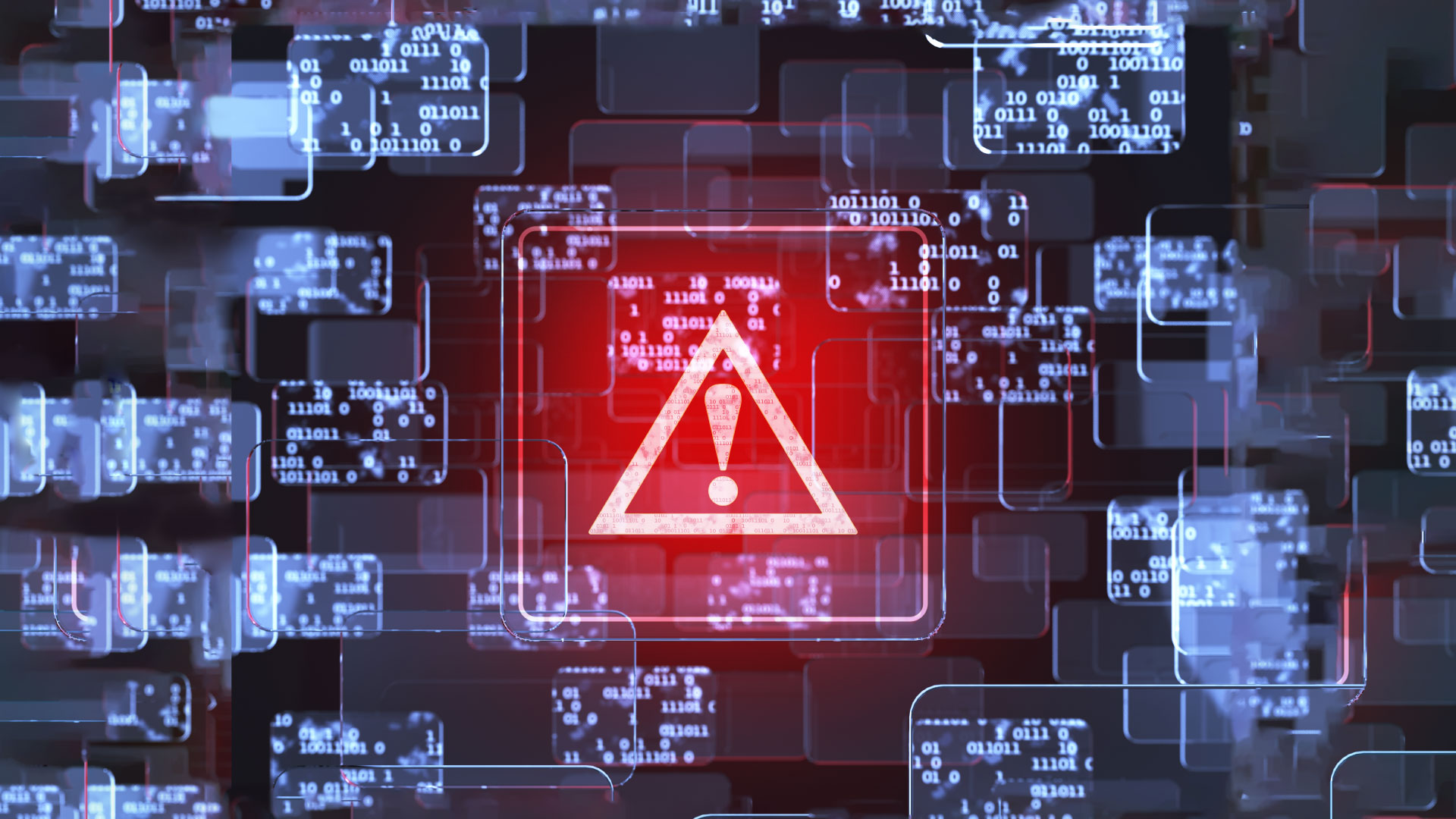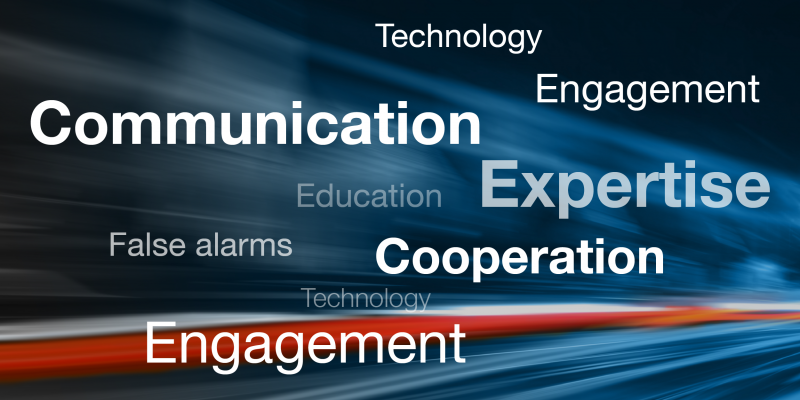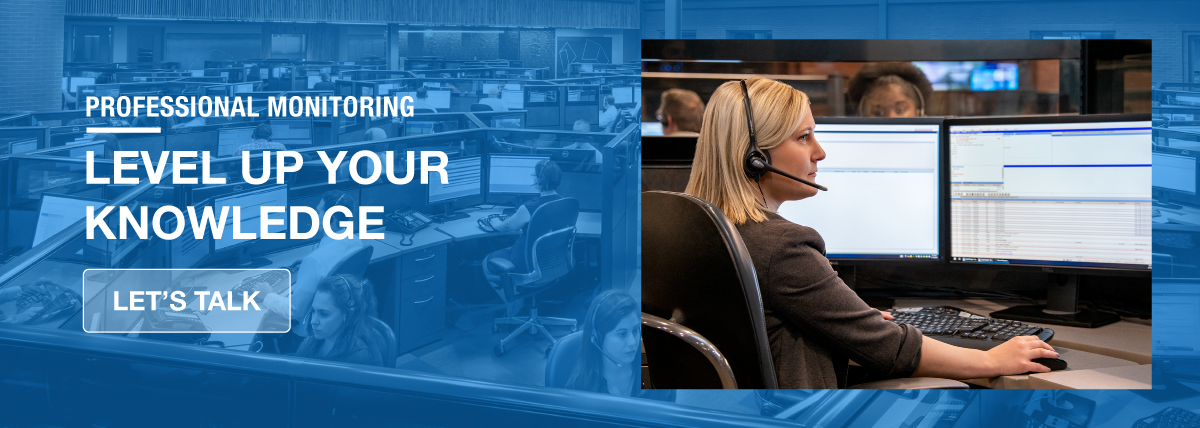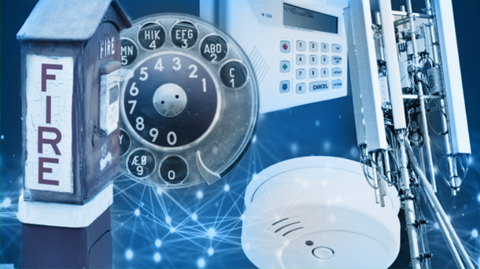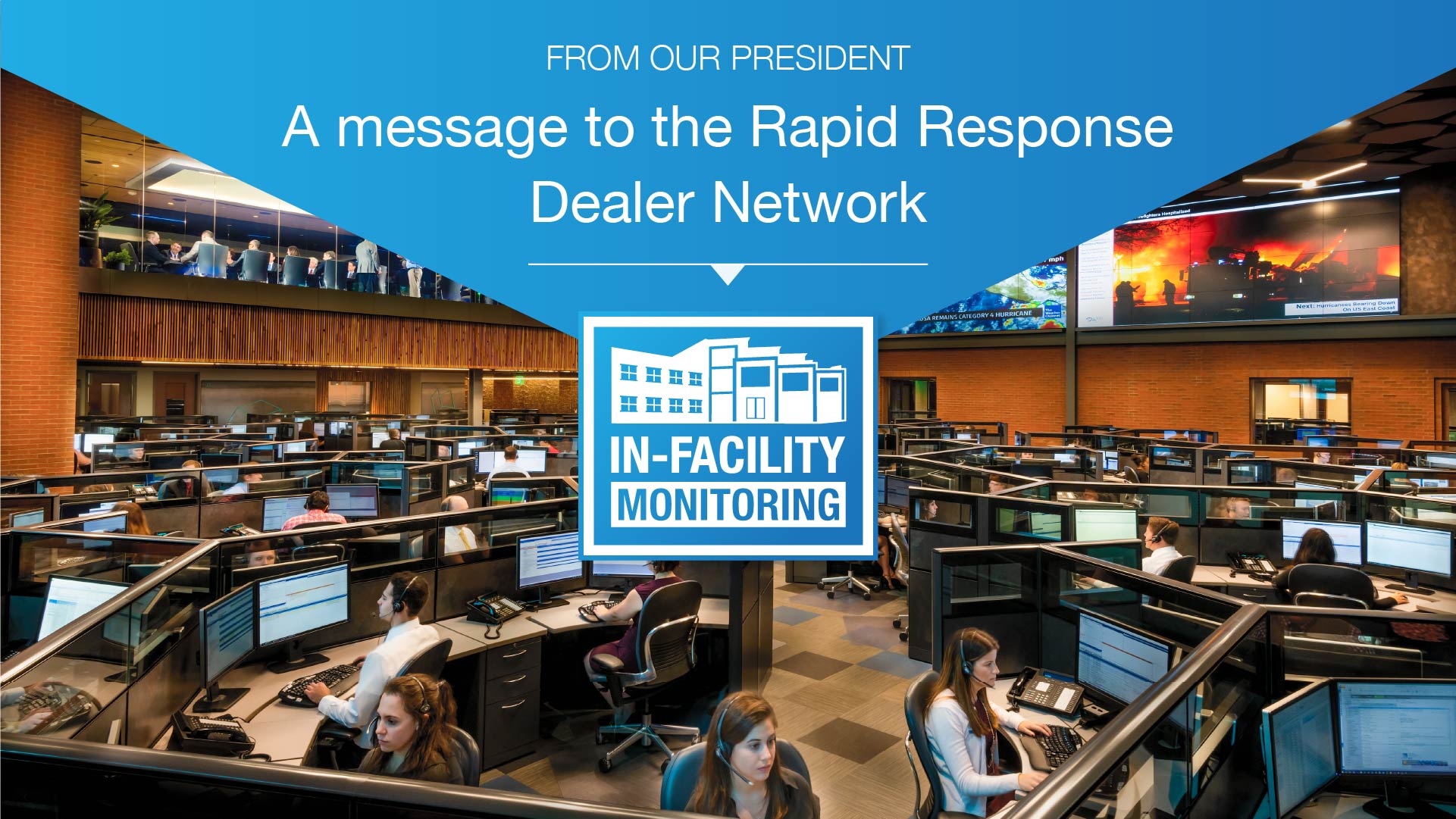As an Electronic Security Services Provider, you’re probably already laughing at that title, but look online, and you’ll see it everywhere, as if the Internet can — in six easy steps — solve a complex problem that has plagued the electronic security industry since its inception.
Be that as it may, we wouldn’t be in this business if we weren’t optimistic. And we have good reason to be as far as false alarms are concerned. As an industry, our ability to reduce the occurrence of false alarms and to mitigate their effects on our customers, on authorities and other emergency responders, as well as on our own ability to provide protective services has improved tremendously.
We have a long way to go, and though we may never completely eliminate the problem of false alarms, we are far beyond the early days of providing security services when security devices were less reliable, signal transmissions were rudimentary and burglary alarms were called in without further verification.
And, actually, we can think of how those advances in reducing false alarms can continue to be effective in… yes, six ways: Expertise, Technology, Engagement, Communication, Cooperation, and Education.
Electronic Security Expertise
The level of expertise required for a successful, professionally installed security system isn’t indicated solely by training and experience, though the industry’s certification requirements and extensive opportunities for continued classroom and online learning are a must. Equally important in preventing false alarms due to malfunctions is development of procedural rules for installation and testing, as well as for follow-up and updating services. Experts stay ahead of the learning curve.
Take the time to create installation and troubleshooting documentation for connecting each type of panel you have in the field. Make sure your documentation includes not only how to wire the solution but also the required programming changes for the host panel. Don’t forget to create testing documents so that you can verify that everything was working and was tested at the time of the installation.
Security System Technology
The technology required to protect lives and property has become tremendously complex. It employs features and capabilities unheard of in years past, particularly in its ability to be interconnected. For customers, home security and fire protection systems are made to seem simple and easy to use. For businesses, they are made to be seamless with operational efficiency.
False alarms, however, are often an indication of the shortcomings of various technologies which might include complexity, application and, in the case of motion detectors and smoke or CO detectors, poor placement. Service requirements and the need for partnered systems or backup systems as part of jurisdictional requirements to prevent false dispatches have become common issues that must be addressed. Video verification, for example, was not long ago shied away from by residential customers but is now required by many jurisdictions nationwide. You can read about how Rapid Response seeks the lastest, most cutting-edge technologies to continually improve and expand the services we provide here.
Engagement
Ironically, engagement is a relative latecomer in preventing false alarms. In the industry’s early years, all alarms resulted in a dispatch. More recently, the owner of the security system still played a very limited and sometimes problematic role in the decision to dispatch police and other critical emergency responders. If not at home or at their business, they possessed no more information about the validity of an alarm than the monitoring service and either delayed making a call or just said “yes” or “no”…blindly.
Today, service providers and monitoring services put instantaneous control in their customers’ hands utilizing video monitoring and advanced smart-home security solutions like HomeAware, as well as instant response technologies like rapidSMS. The result, particularly in the case of rapidSMS, is a 40% drop in the number of false alarms resulting in an emergency response.
Communication
It’s easy to overlook communication. As security technicians, staying current with the most reliable and sophisticated communication methods of alarm signals should be a top priority.
Central to this are the panels installed in a service provider’s client base. In the case of panels, many of the models still in use are no longer manufactured or recommended. If faulty, you may not be able to service them.
The problem and risks of using outdated panels are serious. Many are no longer transmitting signals reliably — or at all — given the move to 5G and LTE. In that case, low-quality signals increase the likelihood of false alarms. A methodical approach to updating equipment is essential for Security Dealers to continue providing the best possible service.
Cooperation
Cooperation is required to develop criteria relating to security and monitoring technologies and to circumstances related to various signal types. There are an increasing number of technologies and services that help to clarify or confirm the status of an alarm, but even with most of the facts in hand it is often difficult to determine the severity of a signal event or the need for dispatching police or fire departments. Human judgment must come into play but in a consistent way and long before the event. This helps to reduce user errors, the #1 cause of false alarms, as well as fosters trust with the user that the security system is working properly.
The big news right now is AVS-01, a new standard developed by a group of professionals from both the security industry and public services that attempts to place in five priority levels those signals not cleared using the earlier CP-01 and CS-V-01 standards. This cooperative effort is a major step in reducing false alarms, but will also benefit alarm companies and public services.
More about the TMA standards here.
Education
Education is without doubt the most essential part of preventing false alarms. It starts with purchase decisions for both service providers and their customers — the best options in terms of cost but also for reliability, application, available communication services, specific use and service.
Customers not only need to know how to use their security systems but need to be able to test for and identify issues and how to report them. They also need to understand their role and options when notified of an alarm or the need for service. It is often recommended that new users be given a “training and practice” period of a couple weeks to ensure their proper use and care of their system as well as familiarity with procedures when reporting or responding to signal events.
It’s also essential in preventing false alarms to ensure that users of security systems understand all of this, literally. Today, it’s important to provide user information and instructions in languages predominant in your service area(s) and recorded for those with vision issues.
